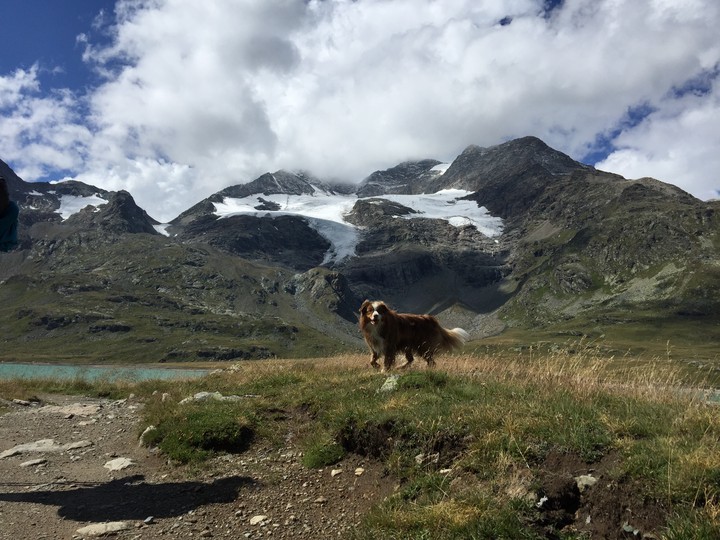Exploration in the Classroom
EDgility Practice: Exploration

Fun and a sense of adventure can be crucial to classroom engagement and learning. Cultivating a sense of adventure is similar to encouraging an atmosphere of playfulness and joy of learning. This can be quite straightforward when students are allowed to create their own goals and their own context for the goals within the curriculum. Of course, any good adventure can’t be too easy. It’s the teacher’s job to make sure a project has no obvious, googleable answer.
We might worry that making the project hard and beyond what the students know how to do could be unfair or even unjust. This might be true. When students are used to the mindset of getting things right the first time, it is difficult for them to take an idea and ‘play’ with it until something works. This adjustment takes some time, but once they get the hang of it, students enjoy exploring and they learn quickly.
Personally, I most enjoy observing how students learn resilience through ‘playing’ with ideas and trying different options until they find a solution. In fact, in today’s world it may be more important to learn resilience, persistence, and finding the next small workable step in order to progress toward a goal.
Of course creating an environment where exploration can thrive requires not doing a few things, too - such as:
- Not judging or criticizing mistakes or rework
- Not judging the work or its qualities, instead let the kids cultivate their own pride and ownership (the minimum quality tests need clear, objective and observable)
- Not celebrating the answers, but celebrating the exploratory and learning aspects.
- Not requiring that every student have the same depth of knowledge in each part of the project. It’s important to define baseline knowledge they all need to have - but after that they need to be free to explore more deeply what the student finds interesting.
To encourage exploration we have found that the following the guidance for a growth mindset is very helpful:
- Praise the grit and perseverance of arriving at a workable solution;
- Cultivate the mindset of finding the next workable thing to try, even when there is no clear path to the goal; and
- Encourage / expect (maybe even require) rework and changes.
On a practical note, it is important to create projects that are complex and have some built-in conflict that requires balancing and tradeoffs. This is important for several reasons:
- Without trade-offs, a problem isn’t realistic and can be too easily googled. The problem must be challenging enough or it isn’t engaging (but it needs to be workable).
- Having to resolve a conflict or resolve tradeoffs and still arrive at one’s goals requires students to really go into depth and learn that aspect extra well.
NOTE: In the world of engineering, it is important to have a solid generalist understanding of the field (like the basic required information tested at school), but that is rarely enough for most teams. It is important to be a specialist in at least one area of interest – these are called ‘T’ shaped engineers - engineers that have gone deep into two areas are even more valuable and are called ‘π’ shaped engineers. I’m advocating for creating projects (and classroom environments) in school that cultivate the same generalist / specialist mindset that is often expected in graduate school and professional lives. Art curriculums have long taught the core skills and ideas and then expected students to explore and expand upon their interests. Imagine how engaging education could be when all aspects of schools encouraged choice and exploration.
Teaching this way can be uncomfortable for teachers who may traditionally have felt that they need to operate as the expert who knows everything. To model the idea, however, that you don’t have to know everything, it is actually helpful not to know everything. In fact, you cannot give students a quick answer, which cuts off their chance to think through the problem, and instead you explore with the students and model how to learn and resolve difficult problems. The teacher must simply understand the basics and vocabulary of the field to help students interpret what they find. Of course the teacher must also be comfortable modeling exploring the unknown with the kids.